Contents
Some methods are based on administration of mammalian hormones such as human chorionic gonadotropin, which are not effective in many frogs. There is a need for simple, cost-effective alternative techniques to induce spawning. Both sexes are injected only once and at the same time, reducing handling stress. AMPHIPLEX is a new reproductive management tool for captive breeding in Anura. Extinctions and declines of amphibians worldwide have been occurring at an alarming rate over the past fifty years (Stuart et al. 2004). Australia has not been spared from this biodiversity crisis (Hero & Morrison 2004), and within Kosciuszko National Park , five frog species have suffered significant declines since the early 1980’s.
Water quality in fish ponds is affected by the interactions of several chemical components. Carbon dioxide, pH, alkalinity and hardness are interrelated and can have profound effects on pond productivity, the level of stress and fish health, oxygen availability and the toxicity of ammonia as well as that of certain metals. We report long-term experience with the successful keeping and breeding of Megophrys nasuta at the Cologne Zoo’s Amphibian Breeding Unit and compare data with other breeding reports. In addition, we document the development and morphology of different larval stages of M. Maintenance of optimal conditions such as water parameters, diet, and feeding is essential to a healthy Xenopus laevis and Xenopus tropicalis colony and thus to the productivity of the lab.
The current version of the UV-Tool assigns 254 species to each of four ‘zones’ of UV-B exposure based upon UV-index measurements. Once the likely UV requirement of any species of reptile or amphibian is ascertained, the next step is to plan safe but effective UV gradients within the captive environment. To do this requires knowledge of the UV spectrum and output of the lamps to be used. The UV-Tool therefore includes test reports and UV-index gradient maps for commercially available UV-B lighting products, and a guide to selection of appropriate lamps for use in vivaria and in larger zoo enclosures.
Japanese based startup company in chennai.
We also report the effectiveness and side effects of five treatment protocols in these species. Dumerilii were cleared of infection without side-effects using the granulated Senior Software Manager Job Description preparation . Andersoni were treated using a liquid oral preparation of the itraconazole ; infection was successfully cleared in surviving specimens of the latter species.

However, the emergence of the infectious disease chytridiomycosis as a significant factor in the recent decline and extinction of many amphibian species, raises specific challenges forex situconservation. Increasing awareness of biosecurity issues and introducing a quarantine-like approach to amphibian husbandry of enclosures/rooms within an institution and between institutions will significantly reduce the risk of an epidemic outbreak of chytridiomycosis in captivity. Identifying individual animals is important for studying populations and for the optimal management of individual animals in captivity. In the absence of natural markings that discriminate individuals, such identification may require animals to be marked by researchers. Amphibians are challenging subjects to mark due to their small size and sensitive, permeable and frequently shed skin.
The success of captive breeding programs for threatened species is often limited due to a lack of knowledge of the nutritional conditions required for optimal growth and survival. Carotenoids are powerful antioxidants known to accelerate vertebrate growth and reduce mortality. However, the effect of carotenoids on amphibian life-history traits remains poorly understood. The aim of our study was to use a manipulative laboratory experiment to test the effect of dietary-carotenoid supplementation during the larval life stage on the survival, growth and development of the critically endangered southern corroboree frog . Larvae were fed either a carotenoid supplemented diet or an unsupplemented diet and the survival, growth and development of individuals was monitored and compared.
The benefits of using shipping containers are that they are totally self contained, easily portable, well insulated and readily allow for full quarantine, which is essential for frog conservation programs. This page includes a wide range of articles and amphibian husbandry documents. You can search for specific words within the title, author and description fields by using the Search field in the menu bar at the top of this page.
Proven track record of establishing themselves as a strategic trusted advisor to clients. Maintain project deliverables and documentation that can be recreated and leveraged as intellectual capital. Work independently to complete tasks on time and collaborate with others as part of a team.
Automation Anywhere Developer -RPA
Staying up to date on the latest process and IT advancements to automate and modernize systems. Develop powerful features such as multi-site and multi-channel delivery, personalization/targeting, content aggregation & syndication, multi-lingual support, automated workflow management, social media etc. Experience with SaaS based gitlab vs github vs bitbucket vs azure devops implementation of AEM as Cloud Service and AEM SDK . Strong knowledge of Cloud native approaches and platforms including AWS, Azure or GCP. Strong Physical Architecture concepts including but not limited to Load Balancers, Apache set up, CDN, Disaster Recovery, recommending capacity of AEM publish and author instances.
Our prior husbandry experience as well as the rapid growth of the National Xenopus Resource has given us a unique insight into identifying and implementing these optimal parameters into our husbandry operations. Here, we discuss our standard operating procedures which will be of use to both new and established Xenopus facilities. The purpose of the Specialty Taxa Monograph is to provide more information on husbandry and breeding of different taxa that may be encountered in amphibian collections. It is intended to be an addendum to the Basic Husbandry Monograph, where basic principles are addressed.
- All the information is based on the experiences in the breeding and management of Gastrotheca riobambae, G.
- This includes tractors, excavators, loaders, mowers, harvesters, dredgers, etc.
- Furthermore, we highlight the important role that public databases should fulfil to store and disseminate data.
- Maintenance of optimal conditions such as water parameters, diet, and feeding is essential to a healthy Xenopus laevis and Xenopus tropicalis colony and thus to the productivity of the lab.
- It must be intended to yield a measurable conservation benefit at the levels of a population, species or ecosystem, and not only provide benefit to translocated individuals.
In the study, the characteristics of light produced by fourteen different models of UV and full spectrum lamps specifically designed for terrarium use were measured over a range of 250–800 nm. A Brisbane scientist has discovered renesource capital that even small doses of ultra violet radiation during mild temperatures can be fatal for frogs. The basic techniques used in mammalian hematology also apply to that of lower vertebrates, such as birds and reptiles.
at MasterCom Technology Services India P Ltd
To address these declines, zoological institutions are playing an important role in establishing captive assurance colonies to protect species in imminent danger of extinction. Many of the threatened species recently placed into captivity are failing to reproduce before they expire, and maintaining founder populations is becoming a formidable challenge. Assisted reproductive technologies, such as hormone synchronization, gamete storage and artificial fertilization, are valuable tools for addressing reproductive failure of amphibians in captive facilities.
This emerging infectious disease is caused by the chytrid fungusBatrachochytrium dendrobatidis, a virulent water-borne pathogen of many amphibian species. Zoological institutions can play a key role in preventing pathogen spread between captive facilities, and in disease surveillance, captive-breeding and reintroduction programmes, to limit the impact of this formidable disease on wild amphibian populations. Species conservation depends on the initiatives to restore or retain and sustainably use the environment in which the species live. This paper highlights how development projects can affect biodiversity conservation and the challenges in achieving sustainable development. The paper underscores the importance of interdisciplinary approach in addressing conservation problems and the need for serious commitment of participating parties, but also on the need to balance conservation with sustainable development. This Conservation Resource Manual will help you make informed decisions about how you can most successfully contribute to amphibian conservation, based on your facility’s resources, expertise, and expectations.

The examination of blood samples can be useful in evaluating the status of ill amphibians, although the similarity in function of amphibian blood cell types and those of other species is largely unknown. If surgery is required, it is necessary to fast the animals before surgery, and to monitor their hydration. The wet environment required for amphibian surgery makes sterile technique challenging, and it is advisable to institute prophylactic antibiotic therapy before the procedure. The anesthetic of choice for amphibian surgery is tricaine methanesulfonate (MS-222). Postoperative recommendations include fluids, nutritional support if necessary, and analgesia.
KTA Tester (Kofax Total Agility Development )
Captive husbandry and breeding may be pivotal to the successful conservation of many amphibian species, with captive stock providing research subjects, educational tools and animals for release into the wild. Husbandry protocols are missing for many species and sub-optimal for many more, which may limit the success of captive breeding attempts. It has been suggested that observations and environmental data taken from species in nature may be used to infer optimal captive conditions for amphibians. For species where data from the wild are not available, ‘analogue’, that is closely related but more accessible species, may be used as surrogates to inform captive husbandry to some degree. These hypotheses, although logically cogent, are not well tested in amphibians. In particular, the suitability of analogue species based on some knowledge of basic ecology and biology is frequently not assessed.
Nonetheless, it is unclear whether these approaches are helping mitigate losses. To investigate this, I examine the conservation value of captive collections. I find that collections do not reflect the species of likeliest greatest concern in the future but that non-traditional zoos and conservation-focused breeding programs are bolstering the representation of threatened amphibians held ex situ. Next, I examine the reproductive success of captive breeding programs in relation to species’ biological traits and extrinsic traits of the program. Based on 285 programs, I find that not all species are breeding in captivity, yet success is not correlated to the suite of tested predictors.
Project Manager – Customer Success
In all cases, the underlying cause—most commonly suboptimal husbandry—should be investigated and corrected. This document provides information on the nutrition of captive amphibians from the Orders Anura and Caudata . Species in these Orders have very simple gastrointestinal tracts , but providing appropriate nutrition to captives can be extremely complex because of ontogenetic dietary shifts and environmental toxicities. Because of this complexity, this document can only address general factors in captive amphibian nutrition. Many captive animals will consume invertebrates, live or dead, but it is often necessary to offer live invertebrates to a variety of fishes, amphibians, reptiles, birds and small mammals. To successfully manage captive insectivorous species, data on nutritional composition of invertebrate prey are especially important.

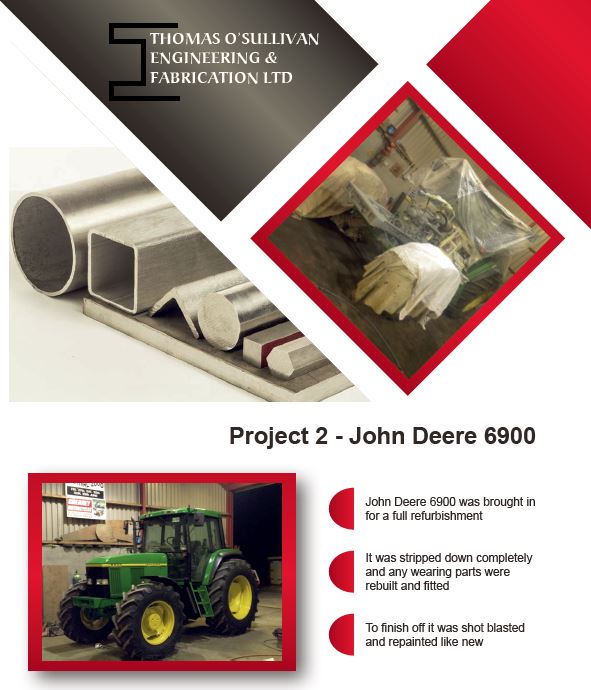
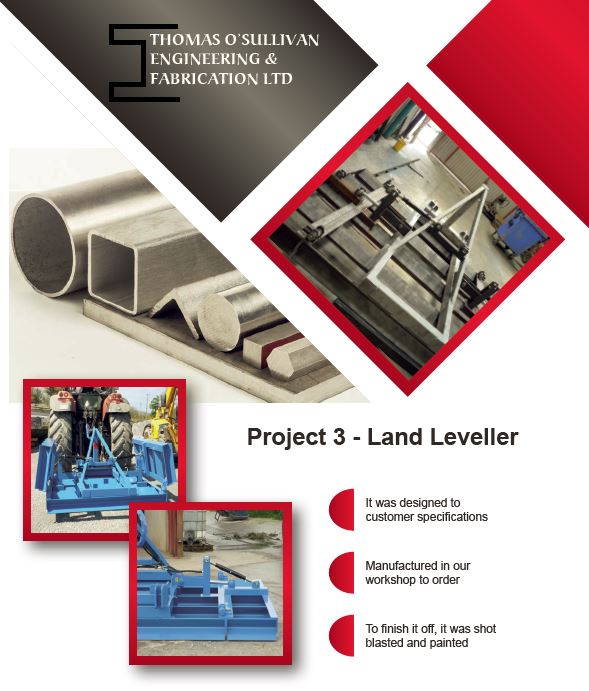

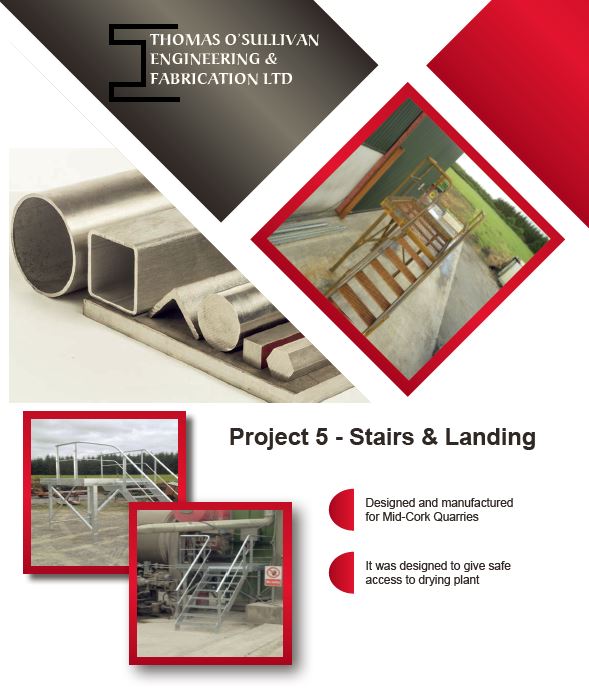
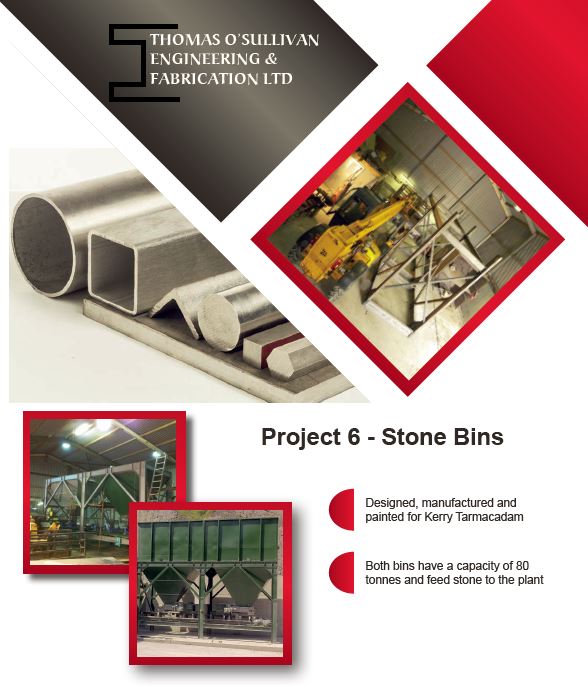


Leave a Reply